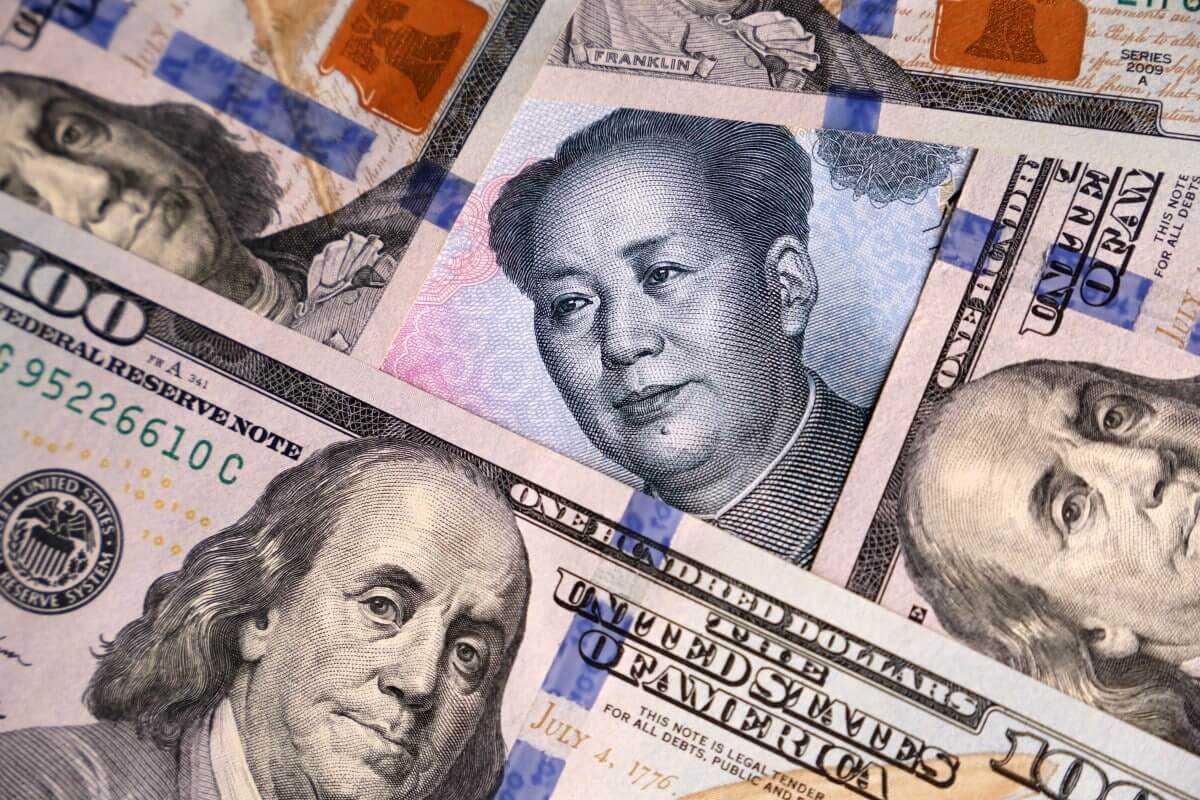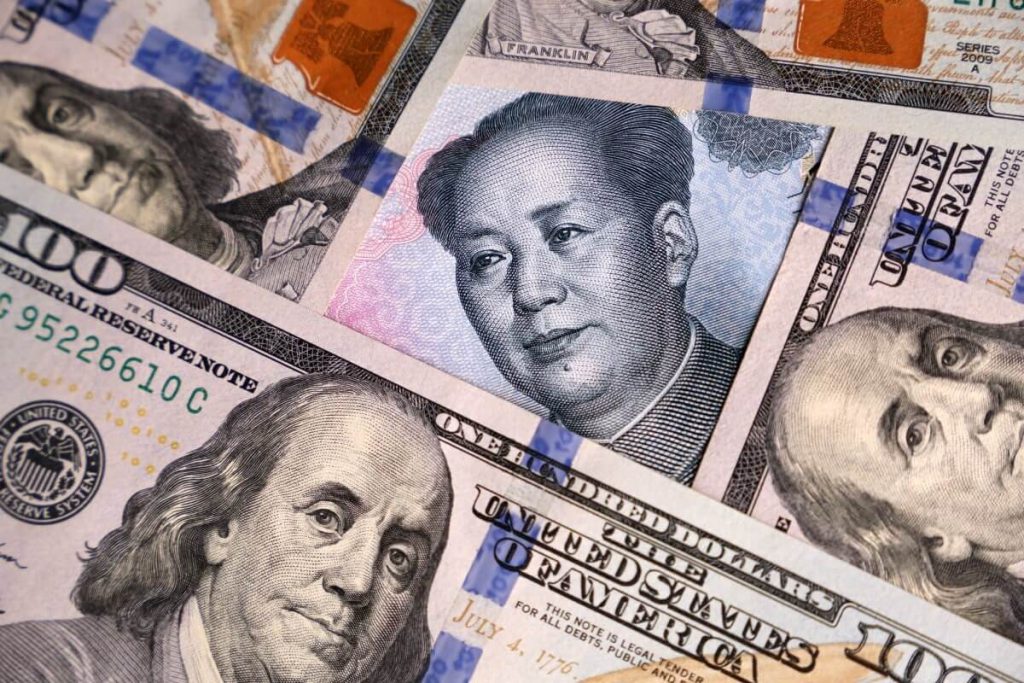
Euro and Yen plunged low while the U.S. dollar rallied
The euro plummeted on Tuesday along with European stocks. On the other hand, bond yields surged forward thanks to the fresh data showing monthly U.S consumer prices increased in August. This news came as a surprise to the markets. Overall, the consumer price index soared by 0.1% last month. According to the Labor Department, the index had remained unchanged in July. Analysts expected CPI to decline by 0.1%.
However, the report caused European shares to plunge low. The pan-regional STOXX 600 equity benchmark traded in the red today. The index shaved off 0.3% on Tuesday, losing half of its gains of 0.6% from Monday.
Meanwhile, the dollar index skyrocketed by 0.7% today. It exchanged hands at 109.0 against the basket of six major currencies at last. It seems the greenback is climbing back towards the two-decade high of 110.79 hit last week. But the British pound and Japanese yen tumbled down like the common currency. German borrowing costs continued surging along with the 10-year Bund yield, gaining six bps to 1.7%, also influencing the markets.
What about U.S consumer prices?
According to the economists, the unexpected jump in monthly U.S consumer prices last month was likely caused by several reasons. For instance, gains in the costs of rent and food offset dropping gasoline prices, thus, giving the Federal Reserve reason to announce another substantial interest rate hike at its meeting next Wednesday.
All in all, the CPI rallied by 8.3% in the last twelve months, including August. In Addition, the annual CPI hit 9.1% in June, showing its biggest gain since November 1981. While prices skyrocketed earlier in 2022, they seem to be backing towards the previous numbers as overall inflation is slowing. The latter was mainly caused by bottlenecks in global supply chains during the coronavirus pandemic. But those are disintegrating now, and there’s a shift in customer spending, as well.
Furthermore, data from AAA showed that U.S. gasoline prices have tumbled down from an average record high of $5 per gallon in June 2022. The price was $3.707 per gallon today. U.S. Federal Reserve’s next meeting is scheduled for the following Tuesday and Wednesday. Traders are waiting for the agency’s decision about its interest rate hike. Even though the Fed is trying to bring down inflation, it still remains above the central bank’s 2% target.
Considering Fed Chair Jerome Powell’s statement about fighting inflation, FX markets seemed poised to price in a 75-basis points rate hike next Wednesday. The agency has already increased its policy rate by three-quarters of a percentage point twice over the last months, in June and July.
How are the EM currencies faring?
In Asia, emerging market currencies rallied for a fourth straight day on Tuesday. The dollar weakened for a while ahead of inflation data before recovering again. Asian stocks also jumped to their highest level in September.
On Tuesday, MSCI’s index of EM shares surged forward by 0.6%, hitting its highest point since September 1. At the same time, the Hungarian forint exchanged hands close to a one-month high. The South African rand also traded near its two-week peak of 17.017 today.
Commodity prices dropped in recent weeks, bolstering hopes of a weak U.S. inflation reading in August. Such sentiment pushed the U.S. dollar into the red and supported EM shares and currencies for a short period. Jakob Christensen, the head of global macro research at Danske Bank, noted that traders hoped the CPI numbers would take the pressure off the Federal Reserve. In this case, the agency would be able to continue with its rate hiking cycle without any hindrance.
News about Ukraine’s advances in the war against Russia was also driving the market today. On Saturday, Russia had to abandon its main bastion in northeastern Ukraine. Ukrainian troops managed to recapture dozens of towns.
On Tuesday, Chinese shares climbed up by 0.4%. The country is trying to stabilize its economy after the damage caused by the covid-19 pandemic. At the same time, the Czech current account announced a deficit of 24.2 billion crowns in July 2022. Analysts had forecast a deficit of 37.4 billion crowns, so this data came out the as good news. The Czech crown added 0.1%, while the Polish zloty decreased by 0.2% versus the euro. However, the Turkish lira remained firm against the U.S. dollar.


